Before she had ever heard about robots Dash & Dot, Shann Griffith, a K-5 Media Specialist at Head Elementary in Lilburn, Georgia, filled out a simple questionnaire from Wonder Workshop. It asked, “what would you do with Dash & Dot if we sent them to your school?”
Though Shann fills her days teaching students web 2.0 tools and creating multimedia assets that inspire kids to read, she didn’t have any experience in coding and robotics. She answered the questionnaire accordingly, writing that she would use the robots to help introduce her students to coding.
“Much to my surprise, five Dash & Dot sets arrived at Head Elementary,” Shann recalled. “From the moment I powered them up, it was love at first sight. I was excited to add robotics to my teaching, even though I wasn’t sure how to make that happen yet.”
Head Elementary participated in Hour of Code, an annual, one-hour introduction to computer science basics held nationwide during Computer Science Education Week by the non-profit Code.org.
“One of my colleagues had facilitated the Hour of Code, but I had no idea what it was,” Shann said. “A Google search sent me to code.org, where I wrote my first ever line of code. I quickly recognized that computer programming could be personalized to each student, and provided hierarchical self-paced learning modules where students could analyze errors, get feedback and try again.”
With five sets of Dash & Dot to share with 537 students, Shann designed an incentive to select the students who would have the first opportunity to learn to code through Dash & Dot. She announced that the first five students to complete the accelerated course at code.org would receive first access to the robots.
“Even though my experience is limited, I see coding and robotics as important 21st-century skills. I want my students to be prepared for current tech jobs and for jobs that have not yet been created,” Shann said. “The kids love the robots, and coding with them is something they look forward to every day.”
The Path to “The Unconditionals”
When Wonder Workshop announced the Wonder League Robotics Competition, a series of coding challenges that attracted over 1,100 teams nationwide, Shann wanted to see if her students could learn the Wonder programming language, and then program Dash & Dot.
“After monitoring the progress of all 537 students at code.org, it became apparent that some of them possessed a real propensity toward coding,” she said. “I brought a copy of the missions to one of my students and asked him if he thought he could come up with solutions. He said he could, so we put a team together.”
Another task was naming the team. Using a glossary of coding terms, they decided on the word “conditional,” a computer programming term based on true-false statements and if-then-else constructs. But the name, “Conditionals” soon morphed into something better.
“To illustrate a real Mission Control scene in one of our videos, I invited all students wearing blue shirts to be in our video,” she said. “All of the kids came running up, blue shirt or not, wanting to participate. I took one look at their eager, hopeful faces and decided everyone could be in the movie, no matter what they were wearing. Our team captain pointed out that I didn’t follow the conditional I had set. But rather, I was being ‘unconditional.’”
The moment left an impression on Shann and presented an opportune teaching moment.
“I told him that conditionals are extremely important in robotics, but, when working with people, sometimes it’s important to be unconditional. I explained that I had the opportunity to make all of my students happy, and that superseded the need to create a stellar scene in the movie. Our captain gave an agreeing nod and responded, ‘then we should call ourselves The Unconditionals.’ I thought that was a defining moment and an important life lesson. We’ve been The Unconditionals ever since.”
Creating a Better World
The Wonder League competition was rich with challenges. The team’s experience was driven by questions, 21st-century skills, student engagement, revision and reflection.
At one point, the Unconditionals inadvertently missed the deadline for Mission 7, jeopardizing their chances of winning. One team member, nicknamed “The Calculator,” figured out how many points the team would have to earn in each mission to recover ground, and the team worked together on every challenge to make up those points.
“The students learned that even though disappointments and setbacks occur, triumph is still possible with perseverance,” Shann recalled.
Creativity in the team’s videos possibly added the much-needed flair points, Shann theorized. The humorous nature of their creativity was a risk, and as one student put it, “They (the judges) are either going to think we’re absolutely out of our minds or they’ll laugh, and we will win the whole thing.”
The final challenge was to propose an idea for a robot in space that would make the world a better place. At first, Shann’s students were perplexed by the task. They came up with numerous ideas, but none that solved or alleviated any of the world’s problems.
“Try starting with what breaks your heart in this world,” Shann suggested.
One student said the recent attacks in Paris broke his heart. Everyone on the team agreed and began working collaboratively to devise a plan to use robots to create an early warning system.
Much like a GPS device, the Unconditionals’ robot would warn people if an individual with weapons was approaching a facility where weapons were not allowed. The warning could be sent to cell phones so people could evacuate or avoid the area. Shann opined that the relevancy and practicality of the team’s focus, combined with extensive research, helped the team triumph and take first place in the competition.
Lifelong Lessons
The Unconditionals went on to win the Wonder League Robotics Competition, and the grand prize was a trip to Silicon Valley and Los Angeles to visit Google, Facebook, EA, Wonder Workshop, the Jet Propulsion Lab, and to meet the creators of The Minions.
But according to Shann, the lessons learned throughout the competition were the real prize.
“My students learned how to value the opinion of others, demonstrate self-control, and apply time management skills,” she said. “They discovered that failure was an important part of learning, and they met failure with persistence, resilience, and determination.”
Since the pilot was successful, Shann is extending the program to as many students as possible.
Shann is currently in correspondence with a colleague at a neighboring school, sharing tips for incorporating Dash & Dot into the classroom. Additionally, she plans to use Dash & Dot to improve reading comprehension and fluency in struggling readers.
“There are many standards that can be taught through Dash & Dot, and I’m looking forward to using the robots with other classroom teachers.” She explained. “As a college and career readiness facilitator, I want students to discover the wonderful world of coding and robotics. They might really enjoy it and learn that they can be exceptionally good at it.”


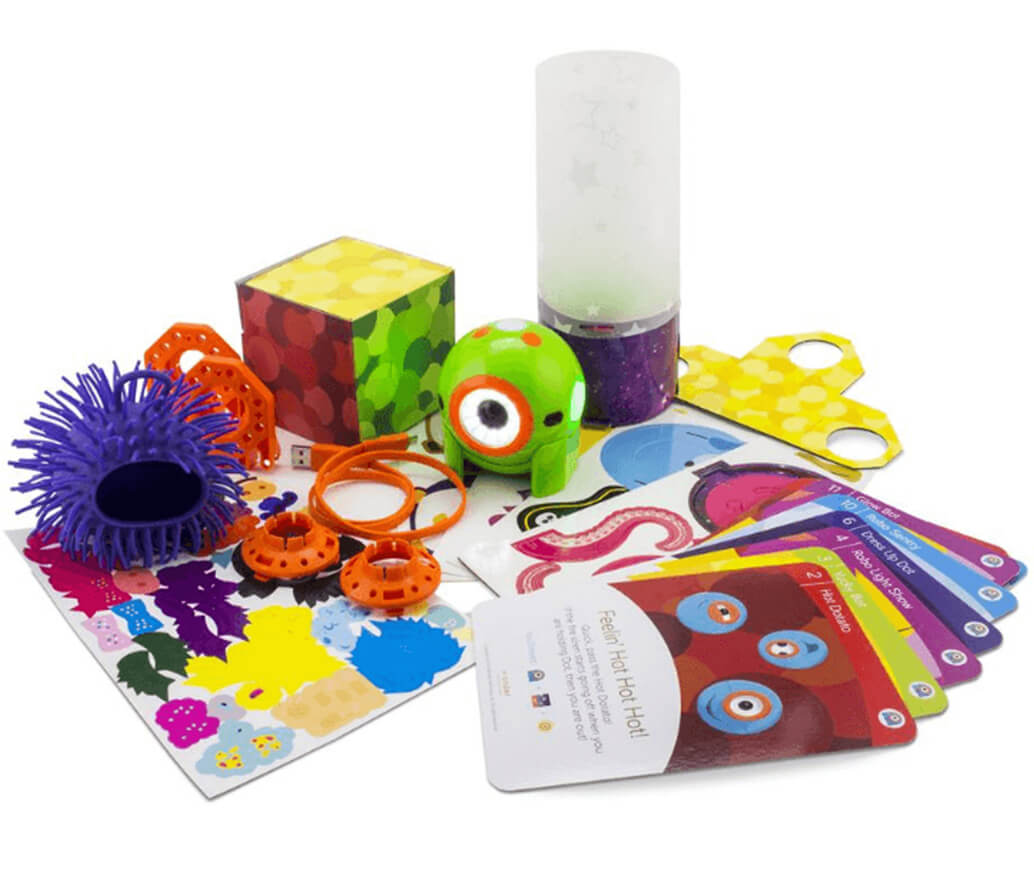
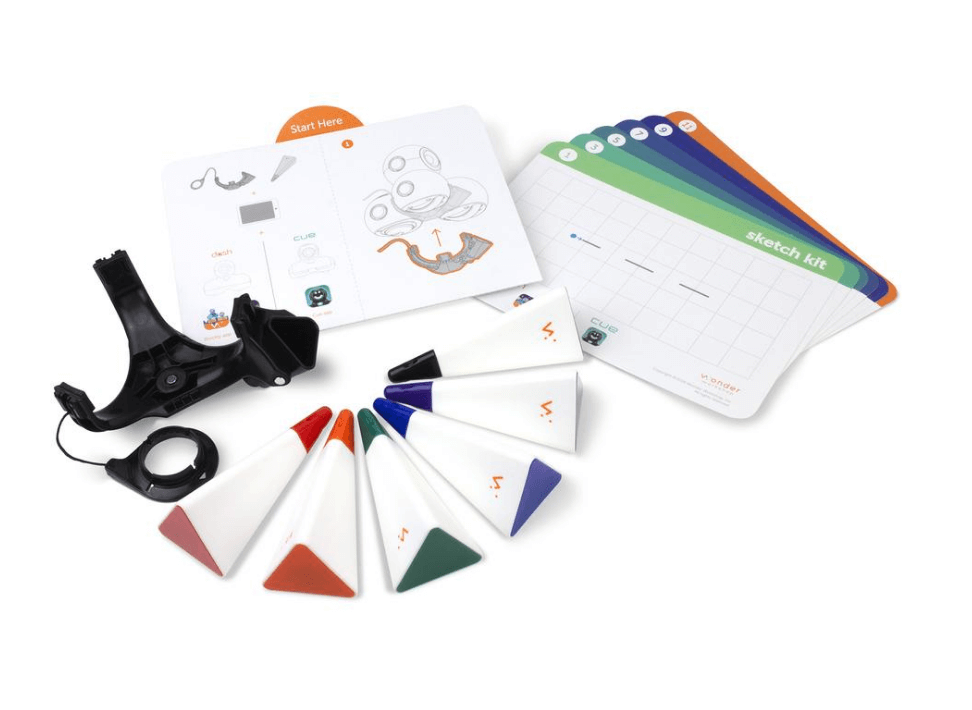


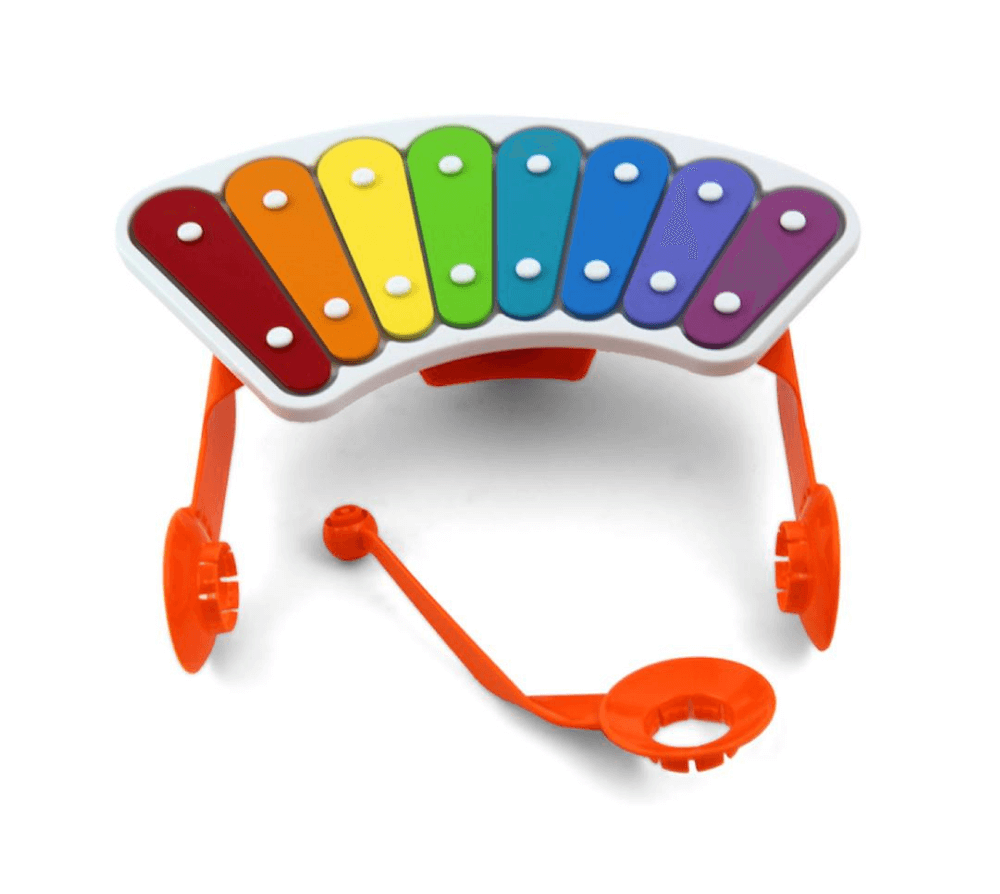

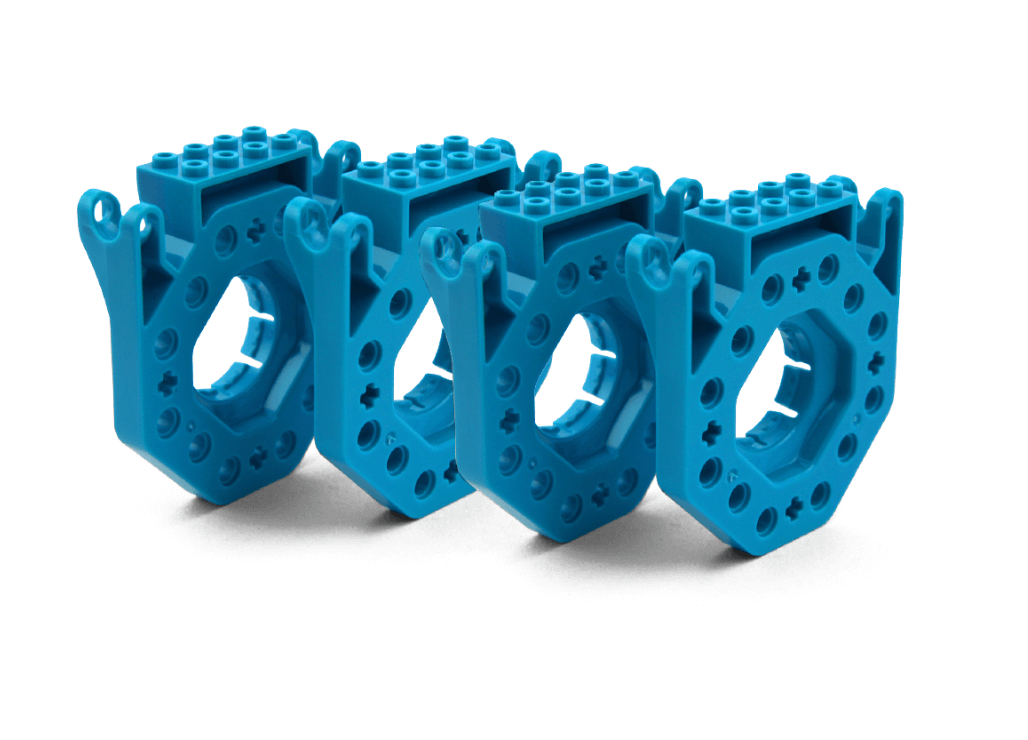
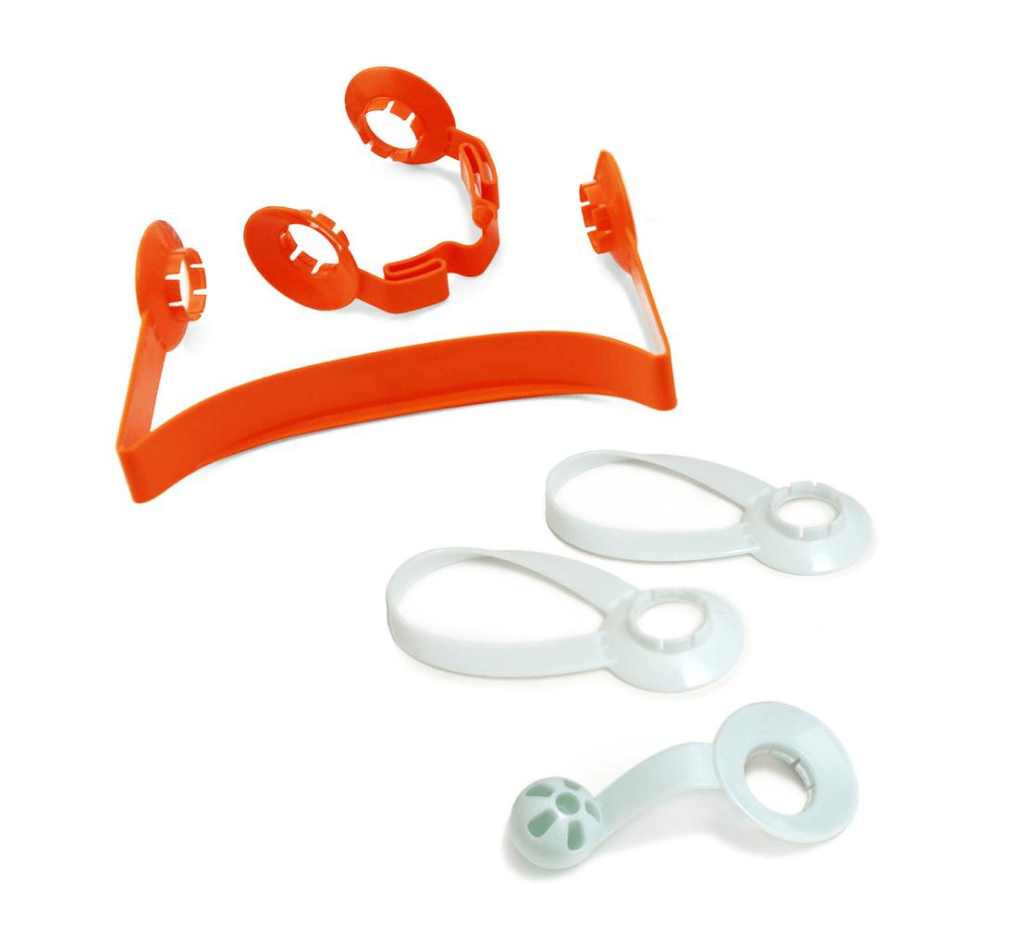

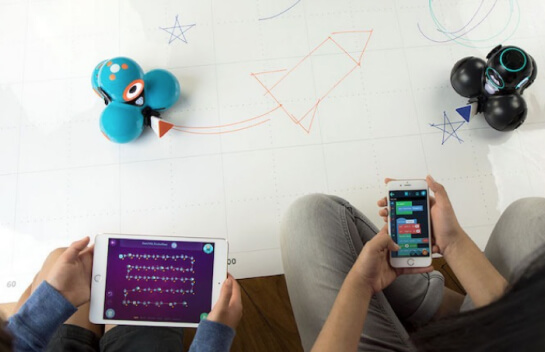
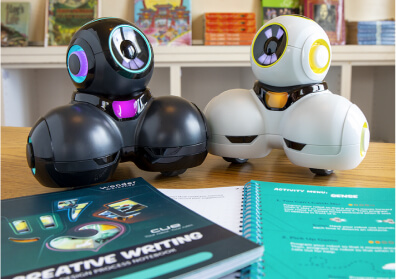
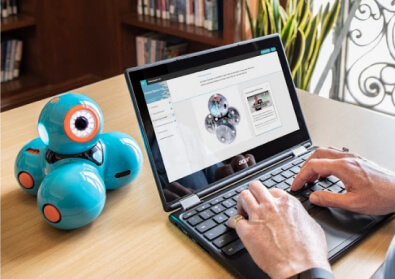



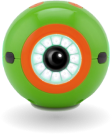



 Please wait while you are redirected to the right page...
Please wait while you are redirected to the right page...